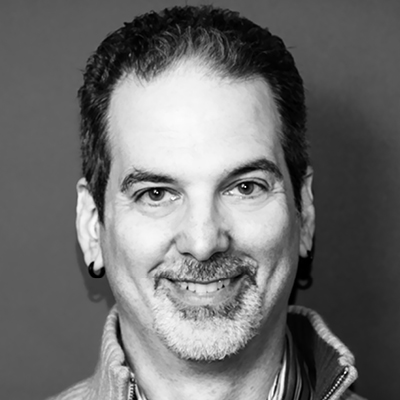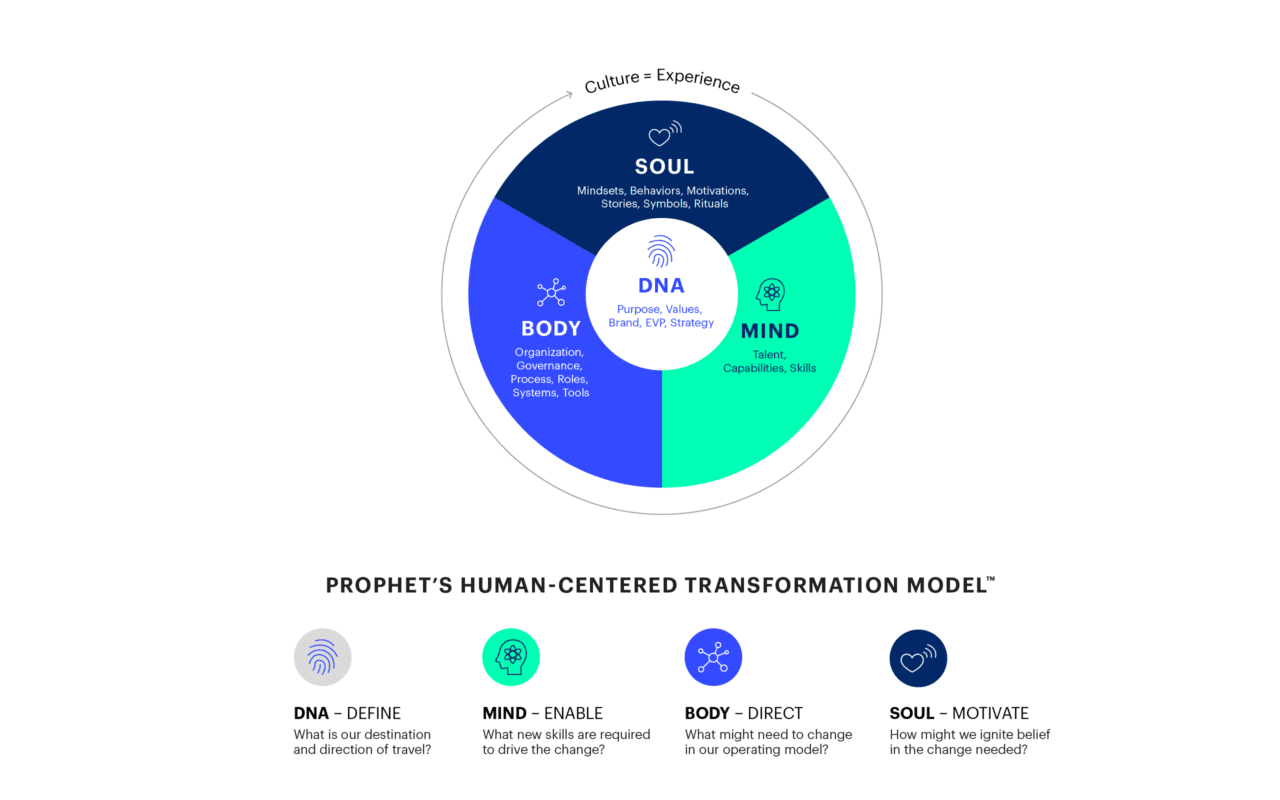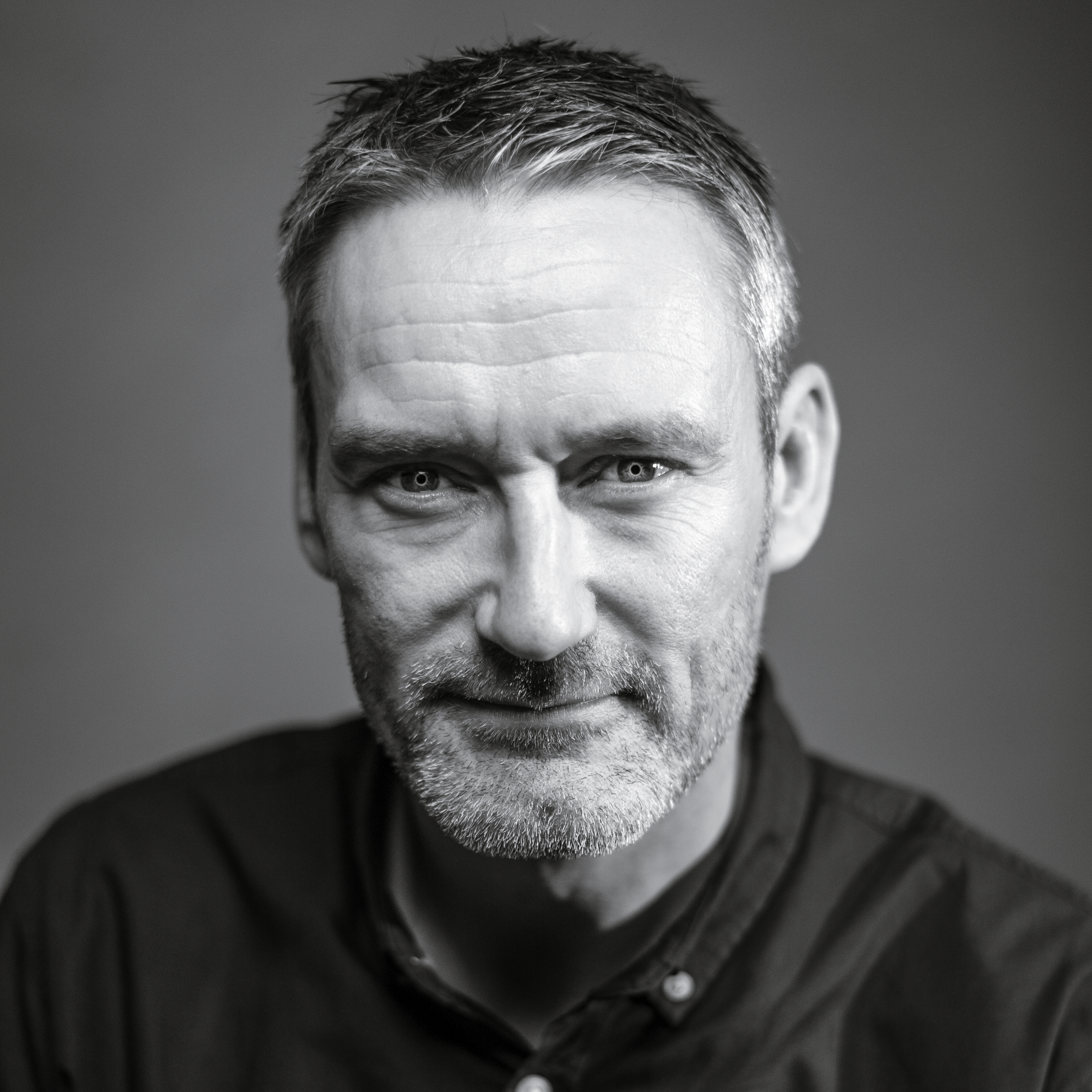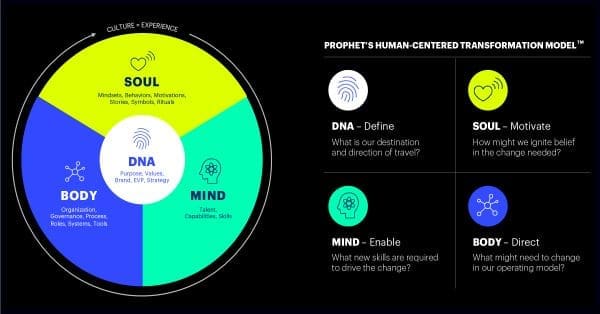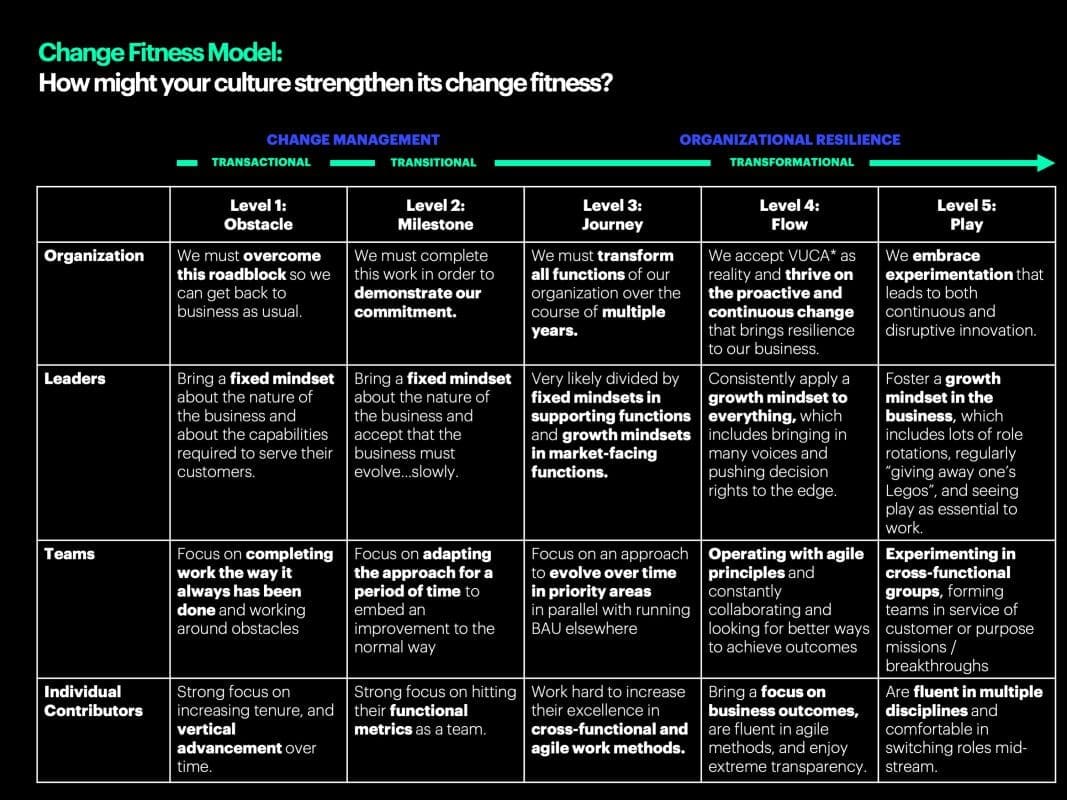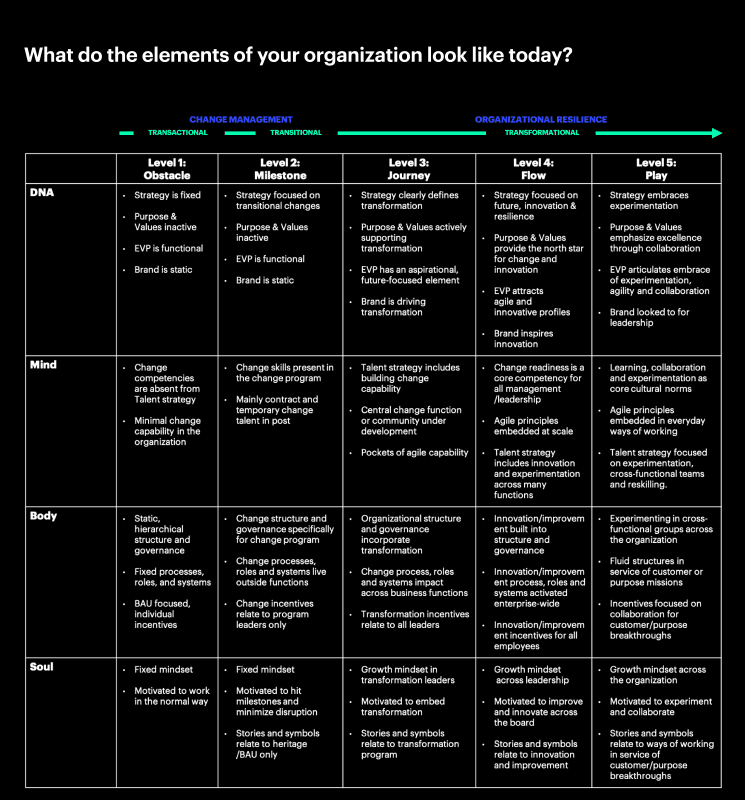BLOG
Get Your Organization VUCA-Ready in 2022
An old acronym is back: Volatility, uncertainty, complexity and ambiguity. Why companies need to buckle up.
Veni, Vidi…VUCA: Time to Embrace the New Reality
In the New Year, the Economic Glass is Half Full
As 2022 kicks into full swing, many sectors of the economy have been reflecting on a remarkably strong performance through the second year of pandemic mayhem. While we continue to actively learn to navigate the constant shifting sands of the pandemic, albeit easier for some sectors than others, the global economy has – thus far – proven resilient and not ground to a halt.
But our Workforce Glass? Very Much Half Empty
And yet, 2021 brought progressive waves of challenges that will still require significant attention in the years to come. Consumers and communities demand that businesses take a more active role in broader societal issues. Employees and investors express the same.
Employees worldwide are actively reprioritizing their lives, questioning the role and purpose of their work. They’re also questioning the role of the office in their lives, creating significant tension in hierarchical cultures where daily office presence has historically been expected and leaders continue to cling on to established norms. The newly christened category of “front-line, essential workers” are asking similarly existential questions about their work: when is the risk of service too high? Is our service valued by society? And thus, the so-called Great Resignation is impacting nearly all generations and “collars” of the workforce.
Welcome to VUCA
Leaders are facing the reality that nothing will return to normal and that there isn’t even a “new normal” one might reliably anticipate. Years ago, military leaders coined the acronym VUCA: volatility, uncertainty, complexity and ambiguity. In a post-pandemic business world, it’s time for the rest of us to embrace VUCA as our new reality.
VUCA means that many of our most popular models of management have literally lost their relevance. 5-year strategic plans, 3-year ROI models, Gantt chart project management, hierarchical management structures, siloed work, narrow expertise and fixed annual cycles of performance management were all already being seriously questioned in 2019.
“VUCA means that many of our most popular models of management have literally lost their relevance.”
In 2021, we found in our annual global research that the firms that truly thrived in the confusion of 2020, those that met or exceeded their objectives, had higher change fitness because they had abandoned those waning operating models, structures, rituals, mindsets and tools wholesale.
What to Do in 2022
As we look backward on what we’ve learned over the last two years and then picture ahead to the coming year, what might make your organization more fit for change? Better yet, what ideas might propel you ahead of your current and future competitors?
Three Ideas to Help Your Organization Thrive in The VUCA Reality
1. Actively Balance the Urgent with the Strategic
All sizes of organizations worldwide had to move quickly to set up projects, programs and initiatives to address the pandemic-driven issues in their business and not just once, but on multiple occasions as the different variants struck. Simultaneously, many firms recognized that a lot of their actions were addressing long-known and long-ignored issues. Wise leaders consciously used the momentum of the moment to slingshot their organization to a more resilient future, desperately looking to accelerate fundamental transformations of their operating model, customer relationships, technology enablement and culture.
Entering 2021, we observed that our most progressive clients began changing their strategy development processes. Even as they adopted agile and design thinking to maintain a sharp market focus, they also began working future-back into their strategy so as not to get caught so badly flat-footed again. In 2022, there are inevitably a host of urgent needs. Make sure that you’re also making space (and dedicating resources!) for the strategic.
2. Seek to Forge a Unified Customer and Employee Experience
All successful organizations today have embraced the philosophy of customer experience. Some organizations have also come to embrace the idea that employee experience is something that can be actively designed and managed.
A missing connection you might address in the coming year is how to make those two experiences one. What kind of transformational effort might be required for those internal and external experience designs to be crafted, managed and measured together?
3. Build a Leadership Coalition for Transformation
The ineffectiveness of organizational structures and the challenge of silos remains a constant challenge to transformation – our 2021 global research yet again highlighted this barrier. Addressing this does not begin with some re-engineering blueprint but rather with the recognition that key functions and areas need to work together differently for a different and/or new outcome. Put another way, the “new advantage” is collaboration.
We might think about the EX/CX opportunity described above to build and amplify them for mutual success. Achieving that kind of business outcome means that a unified EX-CX initiative cannot sit simply with HR nor simply with Marketing. In fact, it is more than likely to also need the buy-in from the CIO let alone operational leaders.
The bottom line is that sustainable transformation fitness and effectiveness is only sustainable with a leadership team that operates beyond individual representation and is prepared to be accountable to one holistic agenda. Organizational resilience in a VUCA environment requires alignment on that agenda now – if you haven’t already.
FINAL THOUGHTS
It’s time to focus on the humans
At the end of the day, thriving in a VUCA world is not primarily about technology. Although technology will be required to support these changes. It is primarily the humans who need to change: to align their strategic thinking across horizons; to bring divergent kinds of expertise together to create new experiences, products and services; and to create new kinds of coalitions, starting at the top. Only then can those humans truly transform the business so they – and all of your stakeholders – can thrive in 2022 and beyond.
Interested in learning more?
If you want to learn more about how you might increase your organization’s change fitness and build long-term resilience, then contact our Organization & Culture practice today.
